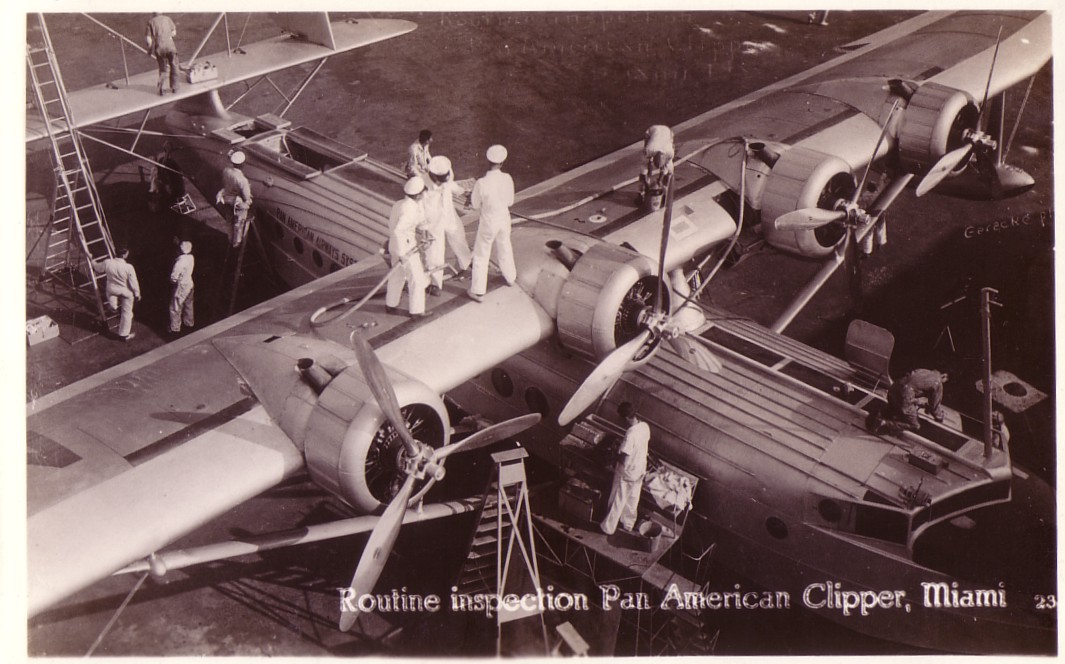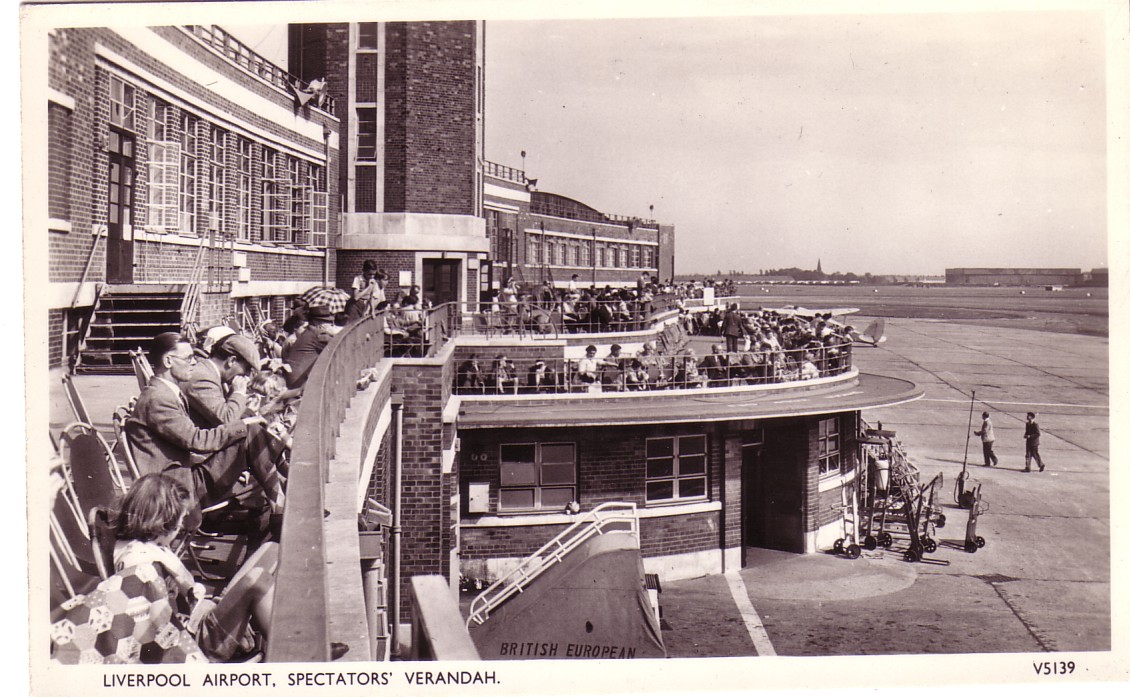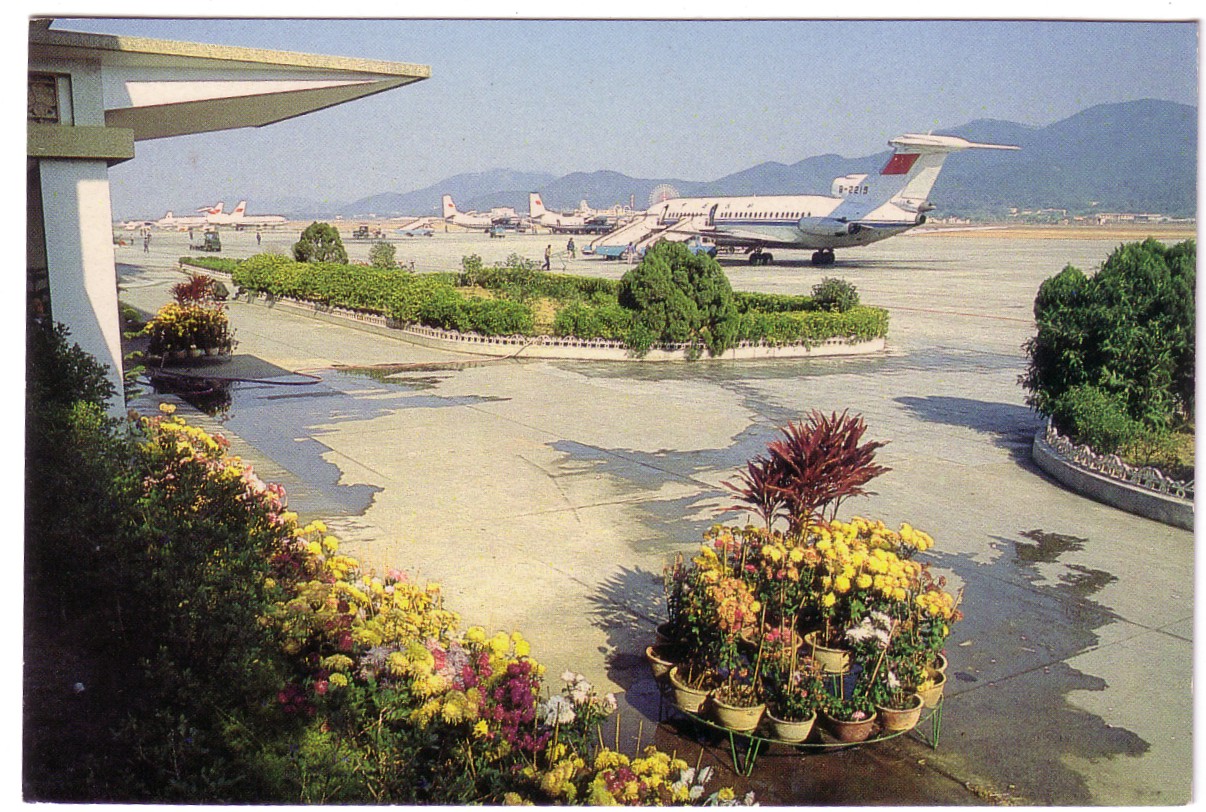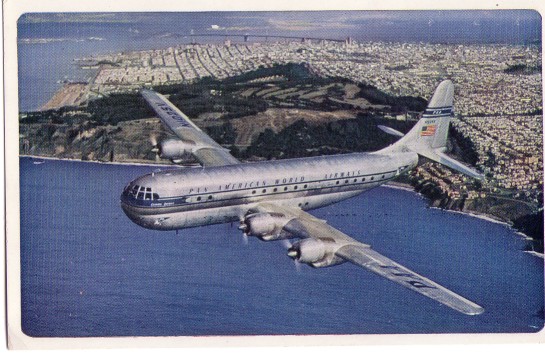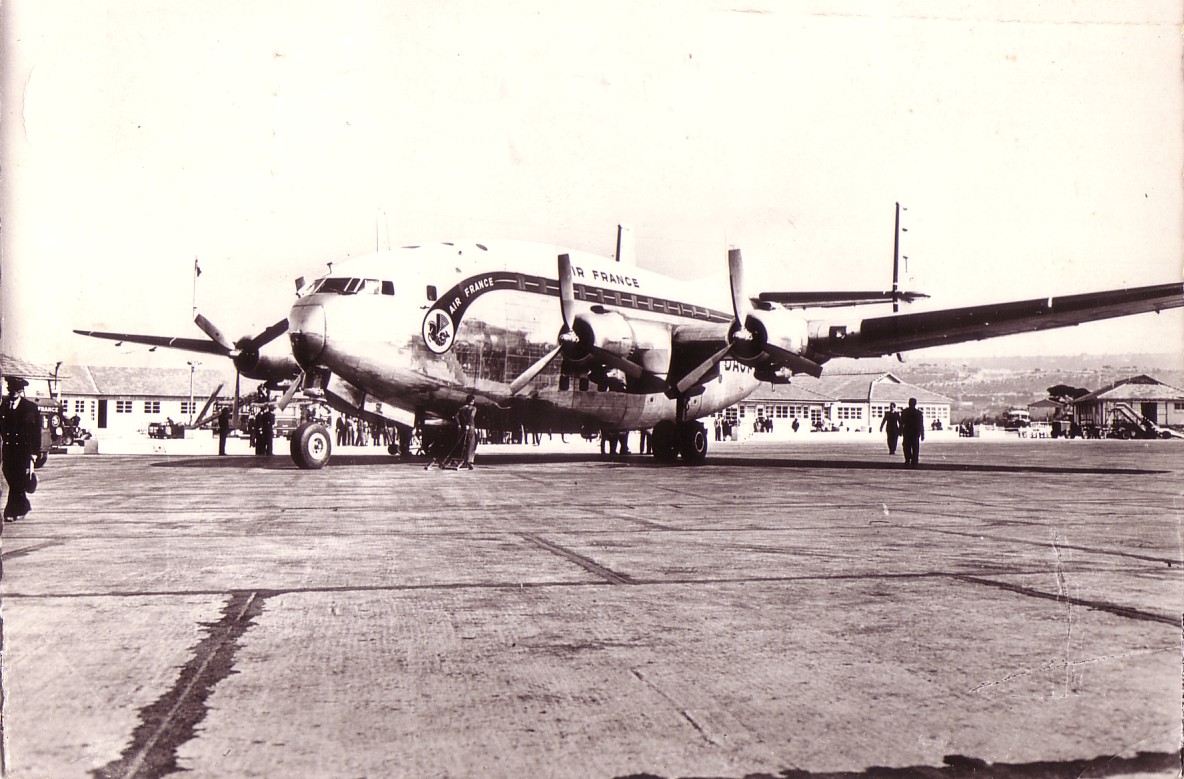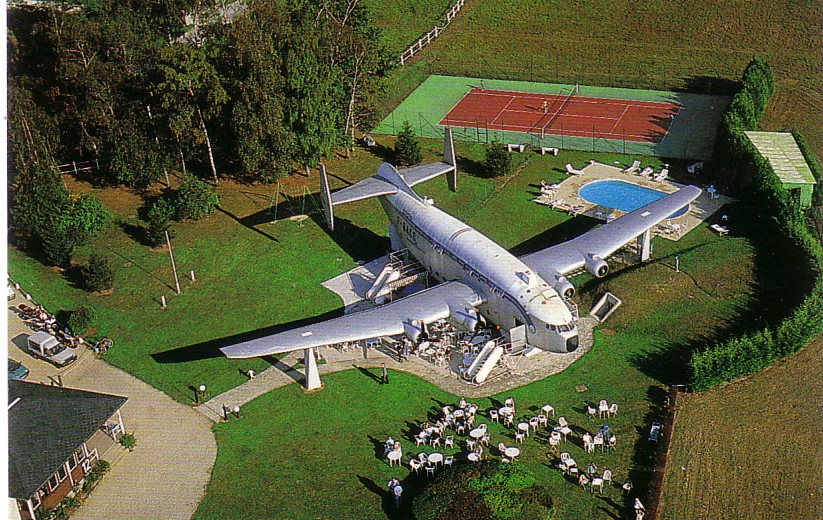
|
NEWSLETTER #53 - DECEMBER 2005
Members will have noticed that the US pages sometimes carry an earlier date than the main newsletter. This is because the US page is added to the main paper newsletter when it is circulated in the US in arrear of the UK edition, so it is actually published between UK paper editions.
Page 1 | Page 2
The site is the Turnhalle ( = gymnastics hall) in the village of Schwanheim, a few km drive through woodland (or subway+tram) ride from Frankfurt Airport. Officially a two day (Sat/Sun) event, the unofficial Friday swop-meeting in the attached restaurant (see above) starts earlier every year and it is now really a 2 ½ day event and, unlike many Uk fairs it is not dead by 3 p.m on the first day but still going strong at 6 p.m Saturday with more to come Sunday. Each year, like many UK PC show, a show card is produced – this years featured a Lufthansa Ex A.300 tail with retro publicity micro car.
Increasingly the material on offer is recycled but new issues can still be found from persons with better contacts in the airlines than most – these can be easily visually detected by the ensuing feeding frenzy. It is also clearly the place to offer any part of a collection that is being disposed of, either first hand by the ex-collector taking a table or second hand after the initial buyer has taken his pick. There was at least one of each this time.
He success of the show has had two effects . Firstly table space is booked up 12 months in advance and secondly it has bred a second summer-scheduled show. Getting to Germany for the 2006 one will be something of an obstacle course as it clashes with World Cup football. Contact E-mails are given in Cards are Out There for organisers Lothar Grim and Hector Cabezas.
The nearest UK equivalent , in terms of attracting collectors worldwide is the April Gatwick show – but this is in many ways an opportunity for those collectors to meet and trade during the show – almost a show within a show and has less variety of stock on offer. By its 2-3 day nature Frankfurt also has a much greater social dimension with opportunities for collectors to eat and drink together – another link to the “Bier vom Fass” (= draught beer) card in the editorial. Finally two more images – the main hall (of two) shortly after the official opening time (and two hours after the actual) and members Chris Slimmer (USA) and Dave Prins (Netherlands) still in action late Saturday.
This card (with security overprint on the scan) was offered on Ebay by a Chilean vendor and rapidly rose to $2 00 at time of writing. His well researched description included was :-
“The 15th of june of 1913 the first commercial aviator Clodomiro Figueroa jumped into his plane Bleriot xi “Valparaiso” and headed from the Andean city of Los andes to Valparaiso. You must consider, that the year before, 1912 Cesar Copetta made the first flight in Chile and both Copetta and Figueroa worked in a cycling shop (as did the brothers wright in usa!)
We are offering an original photo postcard of the aviator Figueroa in pilot-outfit standing and in the left upper-corner of the card is an scene of the Bleriot flying over a multitude admiring his braveness. The card itself was signed and written on plate by Figueroa “viña del mar/junio 15, 1913/raid Los andes-Valparaiso” on left and on right, at about the same height is the name and shop of photographer.
Figueroa stand very short at about 1,55 m but he was really a brave pioneer of the continental aviation, with inventive he raised funds, through postcards as this one and other activities to pay the bills of loving flights and planes. It took still more than 5 years, till he could make his first flight with post to Valparaiso, beginning with this flight the first airmail from Chile and South-america. The Pc have on back a nice and big signature of Mr Figueroa in violet”
Thanks to those who sent me their thoughts on this or were prepared to spend time in E- or direct conversation on the issue. I have taken influence from all of these but the opinions are my own.
ANALYSIS
There are basically three questions.
1) Will people pursue collecting hobbies ?
2) Will they collect postcards ?
3) Will they collect aviation postcards ?
The answer to (1) is almost certainly “Yes” and, if anything, even more people will collect something – the collecting gene goes right back to our hunter/gatherer ancestors and more will indulge it as incomes rise worldwide.
(2) is more problematical. OLD postcards will certainly be collected and increasingly so outside Europe/North America as incomes rise and these items record a dramatically changed landscape. The use of postcards as such will be increasingly vulnerable to electronic alternatives and rising cost/falling service of traditional mail. Paper is however still the best understood media for long term preservation of images.
3) is the difficult one. Aviation postcard collecting is a subset of some form of enthusiasm for aviation generally. This has probably passed its peak as a percentage of the population in Europe/North America although may still be rising elsewhere. Many enthusiasts became hooked in the days of rapid technological progress which produced a steady and widespread flow of new designs from many manufacturers. This was coupled with ready access at airports and airshows. Both are now history. Also aviation was a spectator sport – few actually used it. Now air travel is commonplace and most people see the downside rather than marvel in the fact that it has been achieved at all.
CONCLUSIONS
1) Future collecting will largely be of past cards and thus a subset of “antiques and collectibles” markets.
2) The demand for pictures on paper of current aircraft may not be enough to sustain commercial production. A combination of digital camera, website and download will be the primary collecting tools for current images – though collectors may still choose print as the most secure storage media.
3) Aviation postcard collecting in Europe and North America is probably past its peak but will still grow elsewhere.
This may be offset by aviation cards being recognised as part of local and social history by those not considering themselves “aviation enthusiasts”
4) Following patterns of any collectable whose market is not expanding, values will polarise with the most sought after items rising dramatically while the majority are near worthless. The problem is predicting the winners and losers.
PREDICTIONS - Not to be given any more weight than those of tipsters in the horse-racing or stock market fields.
WINNERS
-pre-1940 airline except the most common
-Interiors , cabin and flight crews, all periods
-Cards used as postcards with flown messages – all periods
-Cards that have a postal history link
-World War 2 – even extending to such as Valentine recognition cards
-Airports – part of local history , following the example of railway stations
-One-off Mass appeal – Lindburgh, Zeppelins, Concorde etc. Similar to Titanic extending beyond shipping enthusiasts.
-Photographic quality – all subjects
-Anything Far East and possibly Latin america
-Recently deceased airlines (SABENA has had this effect)
Here are a few examples.
Your local airport has changed beyond all recognition since the days when it used to welcome visitors – Liverpool.. Photochrom –also in sepia. This building is now a Marriott Hotel.
Mass produced collector cards 1960s / 70s. Possibly short term demand for transfer to digital
LOSERS
Mass produced collector cards up to 30 years old
Pioneers except identified person and place , photographic
All North America except as mentioned above
Most UK and Europe except as mentioned above
All military except WW2
Again some possible examples. Great view, popular subject but fading from memory and far more cards out there than likely demand. Pan American issue Stratocruiser over San Francisco – original issue later edited for new colours.
The internet will soon become the primary retail market place for collectors involving auctions, sales lists and inter-collector trading with the great advantage of being a global marketplace. Fairs and shows will polarise between very large shows and small local shows with a strong social element. The large shows will become primarily wholesaling events where the majority of trade is inter-dealer – as such they can be held anywhere with good communications, not necessarily major population centres. The Yeovil PC show seems to be proving this.
In the short term fairs will decline as stocks are more and more limited to what does not sell on-line, either from the original owner or from “wholesale” dealers. But people are social creatures and people will want to meet others of like interest even if the primary purpose is no longer to buy and sell. Clubs and societies may lose passive members but may those that stay may become more active. More collector groups will decide to meet to view and share research on their chosen subject, as is already the case with longer established collectibles. Such research will in turn be made much easier through Internet sources.
Our club should seek to move in this direction. Those wishing to join us may be a declining percentage of the population due to aviation having lost its position as the most exciting technology which it held throughout the last century. It may even have been the last sensually exciting technology with visual and audio appeal as well as emotional.
___________________________________________________________
A few extracts from contributing members ……..
“ I believe that as long as people are excited by flight in all its forms then those of use lucky enough to possess the the defective gene i.e the urge to collect will find ways of satisfying the need” Tony Edwards
“it is the immediacy and origin of the card and message written at that time perhaps with …stamps, damage even dirt that contribute to a “must have” requirement” Ray Billings
“ I disagree with the 'images are readily available' reducing demand - I do not collect photographs BECAUSE they are readily availble and cards are collected BECAUSE they are difficult to find. The internet has helped me increase my collection much more easily than if I had to travel the country/world visiting fairs “ Simon Penn
“ I have seen the same issues in my philatelic connections” Roy Mills
“ while philately is in serious decline postal history is booming” John Oliver
“The top 10% of everyone's collection is going to increase in price dramatically. Cards from emerging markets are especially a buy, cards from the West are not. The bottom 90% (sadly includes almost all of what I can't help buying) are worthless” Eugene Siklos
Bill Baird’s US piece features the latest pre-delivery card of an Airbus double deck A.380. Previous newsletter items have stressed the similarity between the pre-publicity for this and that on postcards for the 1940s Pan American double deck “Future Clipper” based on the Convair XC-99. This in turn was a double deck derivative of the 6 engined B-36 bomber, but was built in military prototype form only. So double-deck travel comparisons haves focussed on the downstairs lounge of the Startocruiser and the upper deck of the 747. Which is to ignore the fact that the A380 is not the first French double-decker, indeed the previous one was named just that, the Breguet 763 Deux Ponts, later also named Provence.
The Deux Ponts first flew in 1946 but did not enter service with Air France until 1951 by when Pratt and Whitneys had replaced the original French engines. Air France also introduced the name “Provence” for their fleet of 12. They were used primarily to North Africa but also appeared at Heathrow when extra capacity was required – usually Rugby related. It was a genuine double-decker with 59 seats on top and 48 below. It also had a large double freight door at the back which enabled them to be used by the military, with the name Sahara, after withdrawal from passenger service. Although some were retained by Air France and given another name change to Universal. As such they were the Beluga of there day, being used to carry Olympus engines from Bristol to Toulouse for Concorde production.
Air France did the card of the Provence below and some feature on B&W edition PI and airport cards.
|
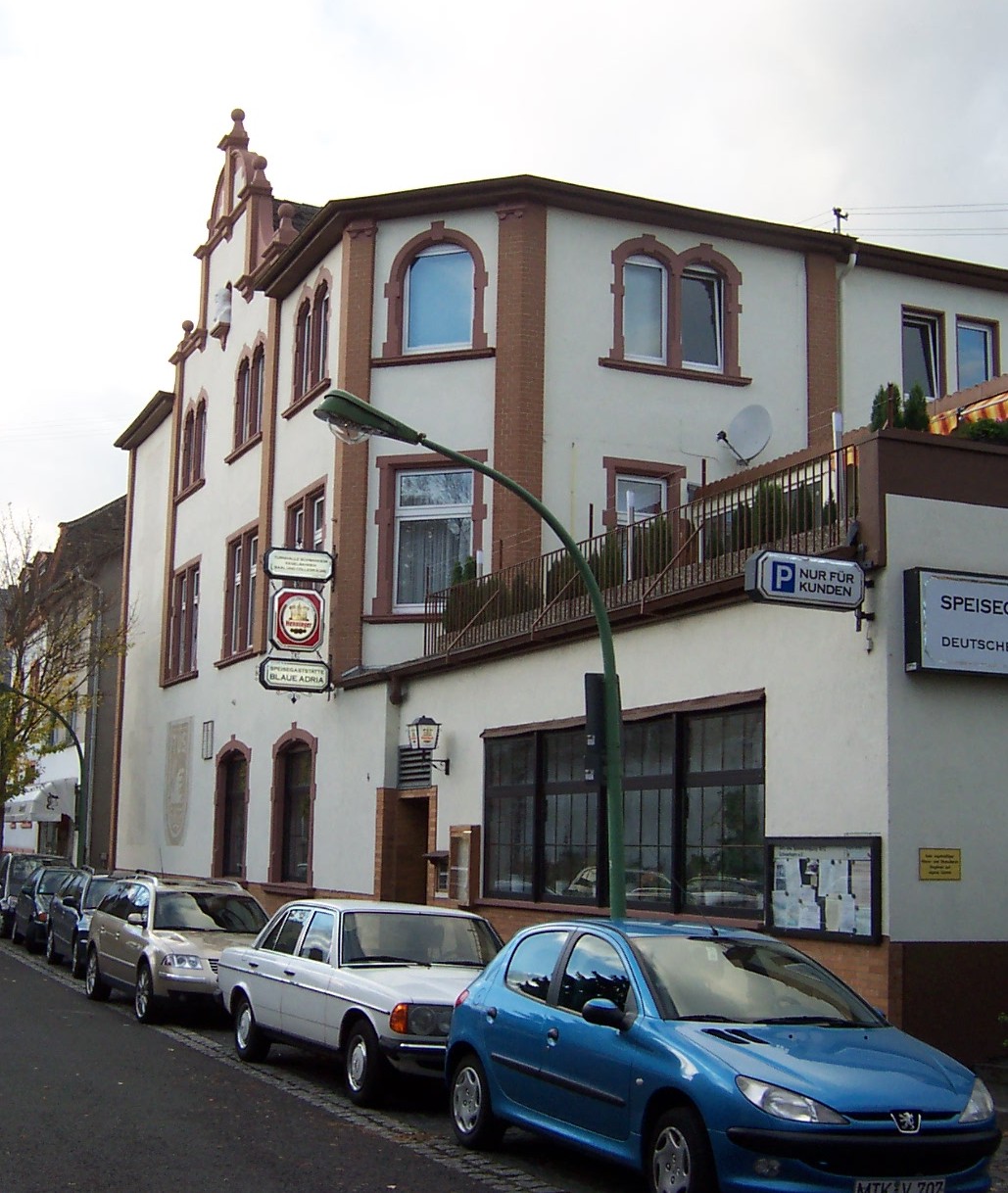 This year marked the 20th annual November Frankfurt Airline Collectibles Show - probably now the best single show worldwide for commercial aviation postcards.
This year marked the 20th annual November Frankfurt Airline Collectibles Show - probably now the best single show worldwide for commercial aviation postcards.
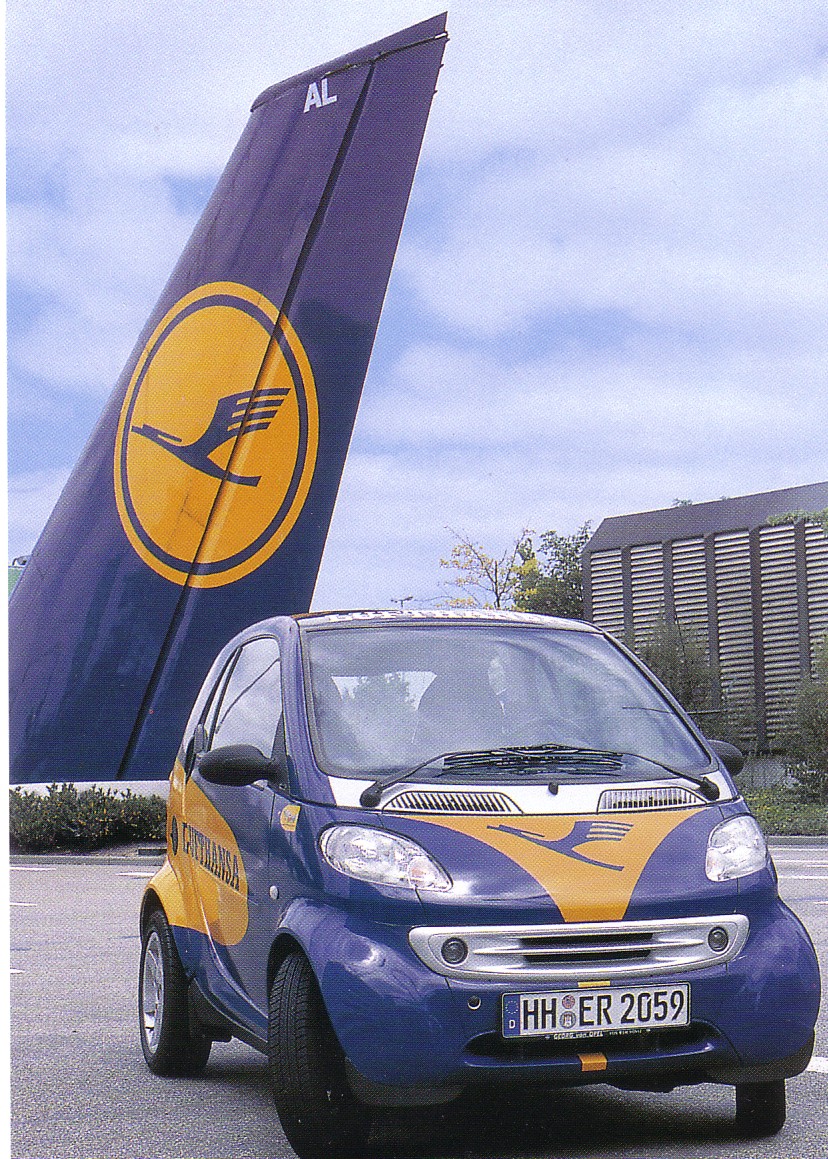 Although all forms of airline ephemera are available this is THE show for postcards worldwide and as such attracts collectors/traders transatlantic as well as from most of Europe. Although this year the Brazil contingent were defeated by their VARIG flight going “Tech”.
Although all forms of airline ephemera are available this is THE show for postcards worldwide and as such attracts collectors/traders transatlantic as well as from most of Europe. Although this year the Brazil contingent were defeated by their VARIG flight going “Tech”.
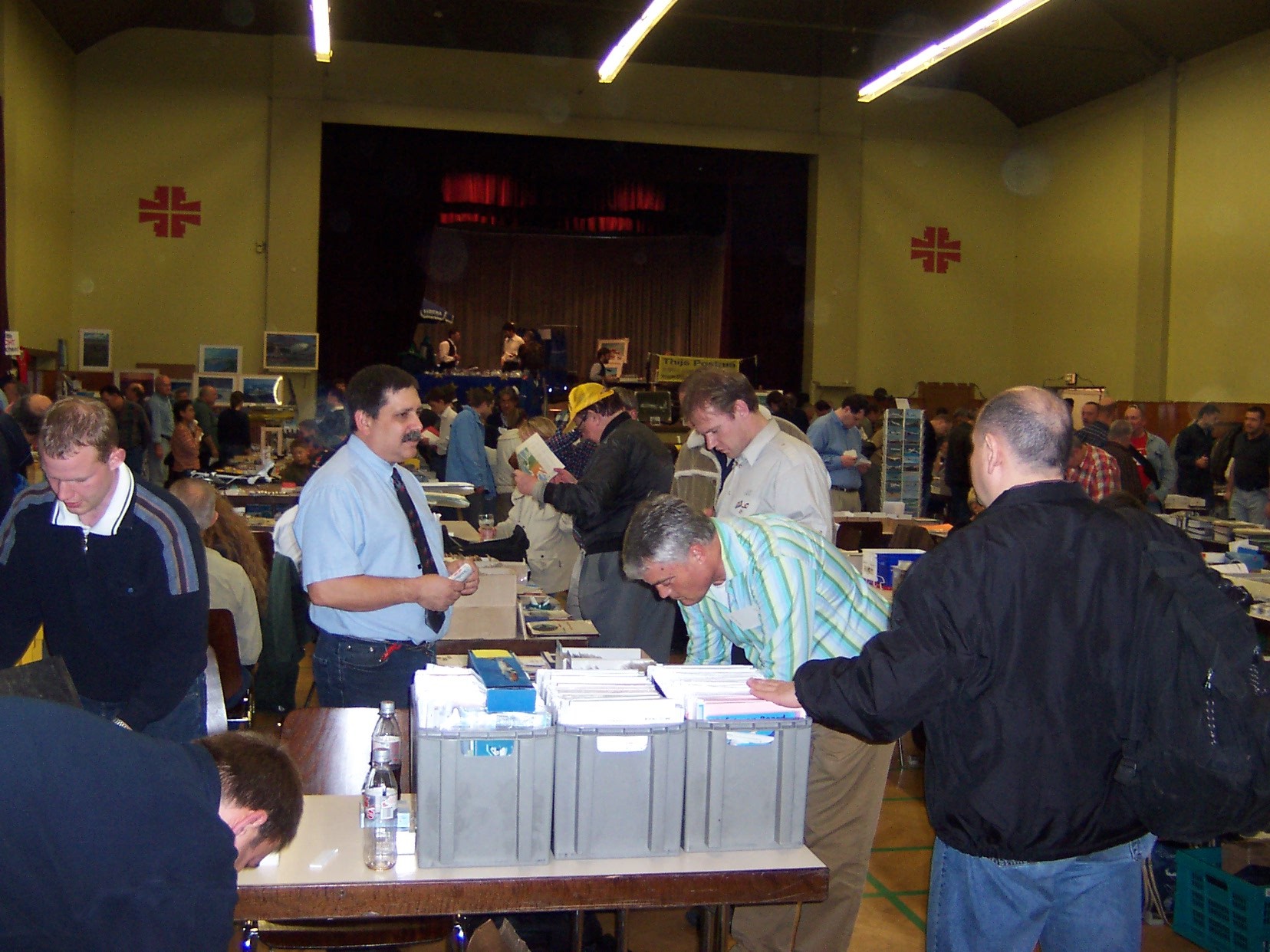
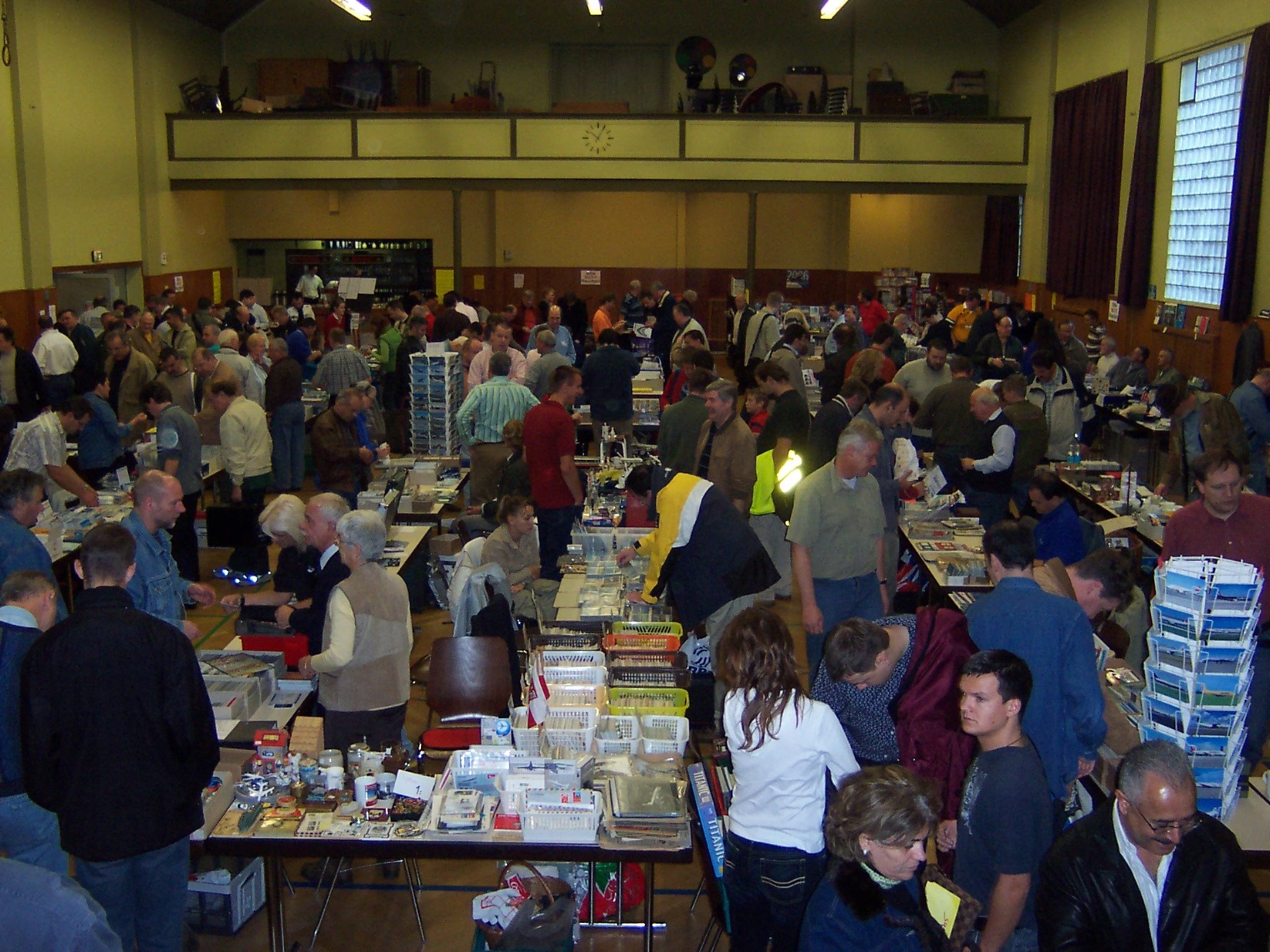
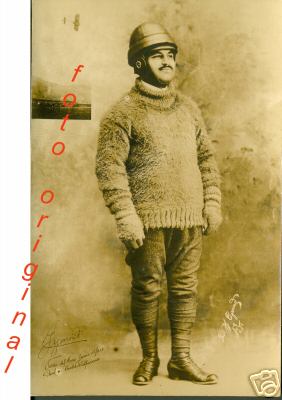 A short example of how the Internet has changed both the acquisition and research elements of the hobby. For more on Figueroa see http://www.earlyaviators.com/efiguero.htm and onward links.
A short example of how the Internet has changed both the acquisition and research elements of the hobby. For more on Figueroa see http://www.earlyaviators.com/efiguero.htm and onward links.
